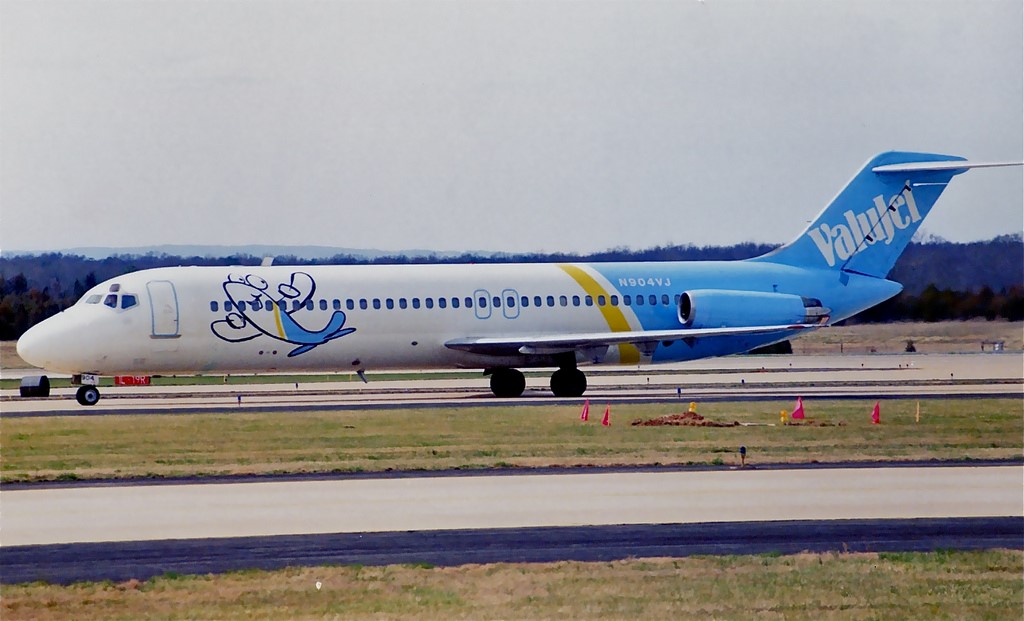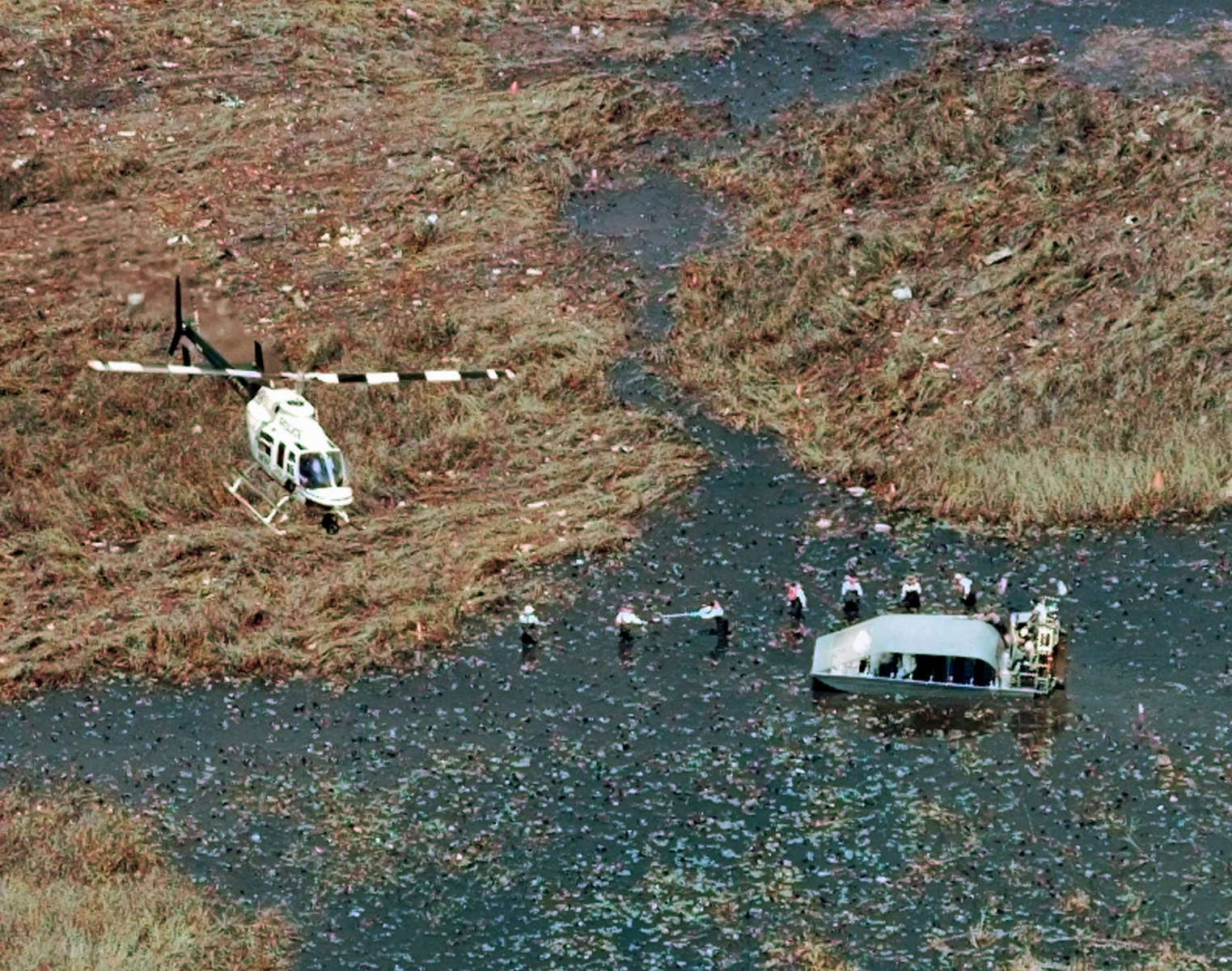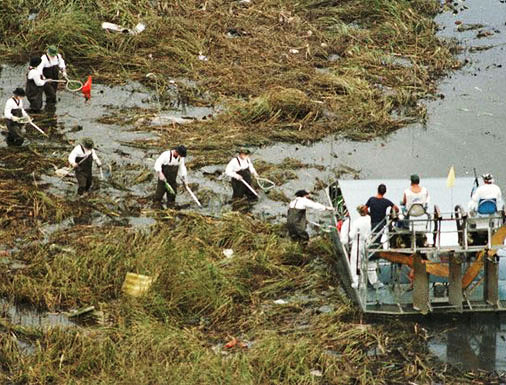


The FBI has announced a reward and released age-progressed images of fugitive Aircraft mechanic Mauro Ociel Valenzuela-Reyes in connection with the 1996 fatal crash of ValuJet Flight 592 in the Florida Everglades.
On May 11, 1996, Flight 592 crashed in the Florida Everglades . Investigation led to the indictment of an aircraft repair facility in Florida , and three of its employees , in connection with improperly packaged chemical oxygen generators that were loaded on Flight 592 and signed off by company employees despite lacking safety caps. Valenzuela-Reyes is the final employee wanted in connection with this incident.
ValuJet Airlines Flight 592 was a regularly scheduled flight from Miami International Airport to Hartsfield–Jackson Atlanta International Airport .
On May 11, 1996, the ValuJet Airlines McDonnell Douglas DC-9 operating the route crashed into the Everglades about 10 minutes after taking off from Miami as a result of a fire in the cargo compartment caused by improperly stored and labeled hazardous cargo.

All 110 people on board died. The airline already had a poor safety record before the crash, and the accident brought widespread attention to the airline's problems.
Many families of Flight 592's victims were outraged that ValuJet was not prosecuted, given the airline's poor safety record. ValuJet's accident rate was not only one of the highest in the low-fare sector, but also 14 times higher than that of legacy airlines.
At the end of a fifteen-month investigation, the National Transportation Safety Board (NTSB) determined that the fire that downed Flight 592 developed in a cargo compartment below the passenger cabin.
The cargo compartment was a Class D design, in which fire suppression is accomplished by sealing off the hold from outside air. Any fire in such an airtight compartment would quickly exhaust all available oxidizers and then burn itself out.
As the fire suppression can be accomplished without any intervention by the crew, such holds are not equipped with smoke detectors.
However, the NTSB quickly determined that just before takeoff, 144 expired chemical oxygen generators, each slightly larger than the size of a tennis ball can, had been placed in the cargo compartment in five boxes marked COMAT (company material) by ValuJet's maintenance contractor, SabreTech, in violation of Federal Aviation Administration (FAA) regulations forbidding the transport of hazardous materials in passenger aircraft cargo holds.
Failure to cover the generators' firing pins with the prescribed plastic caps made an accidental activation much more likely. The investigation revealed that rather than covering them, the cords attached to the firing pins were simply cut or duct-taped around the cans, and Scotch tape was also used to stick the ends down.
SabreTech employees indicated on the cargo manifest that the "oxy canisters", which were loosely packed in the boxes that were each sealed with tape and bubble wrap, were "empty".
ValuJet workers then loaded the boxes in the cargo hold in the mistaken belief that the devices that they contained were just empty canisters, thus being certified as supposedly "safe" to transport on a passenger aircraft, when in fact they were neither simple oxygen canisters, nor empty.

On April 6, 2000, a federal arrest warrant was issued for Valenzuela-Reyes in the United States District Court, Southern District of Florida, after he was charged with disobedience and resistance to lawful order and command of the United States District Court for the Southern District of Florida, and failure to appear for trial.
Valenzuela-Reyes was previously charged on July 13, 1999, with conspiracy to make false statements to the Federal Aviation Administration and the Department of Transportation; false statements to the Federal Aviation Administration and the Department of Transportation; and causing the transportation of hazardous material.
The FBI is offering a reward of up to $10,000 for information leading to the location and capture of Mauro Ociel Valenzuela-Reyes.
Valenzuela-Reyes may be living under a false identity. He may be in Chile and may travel to Peru, Argentina, Brazil, and Bolivia, and other South American countries. He has ties to Georgia in the United States of America.
Source : FBI.gov
